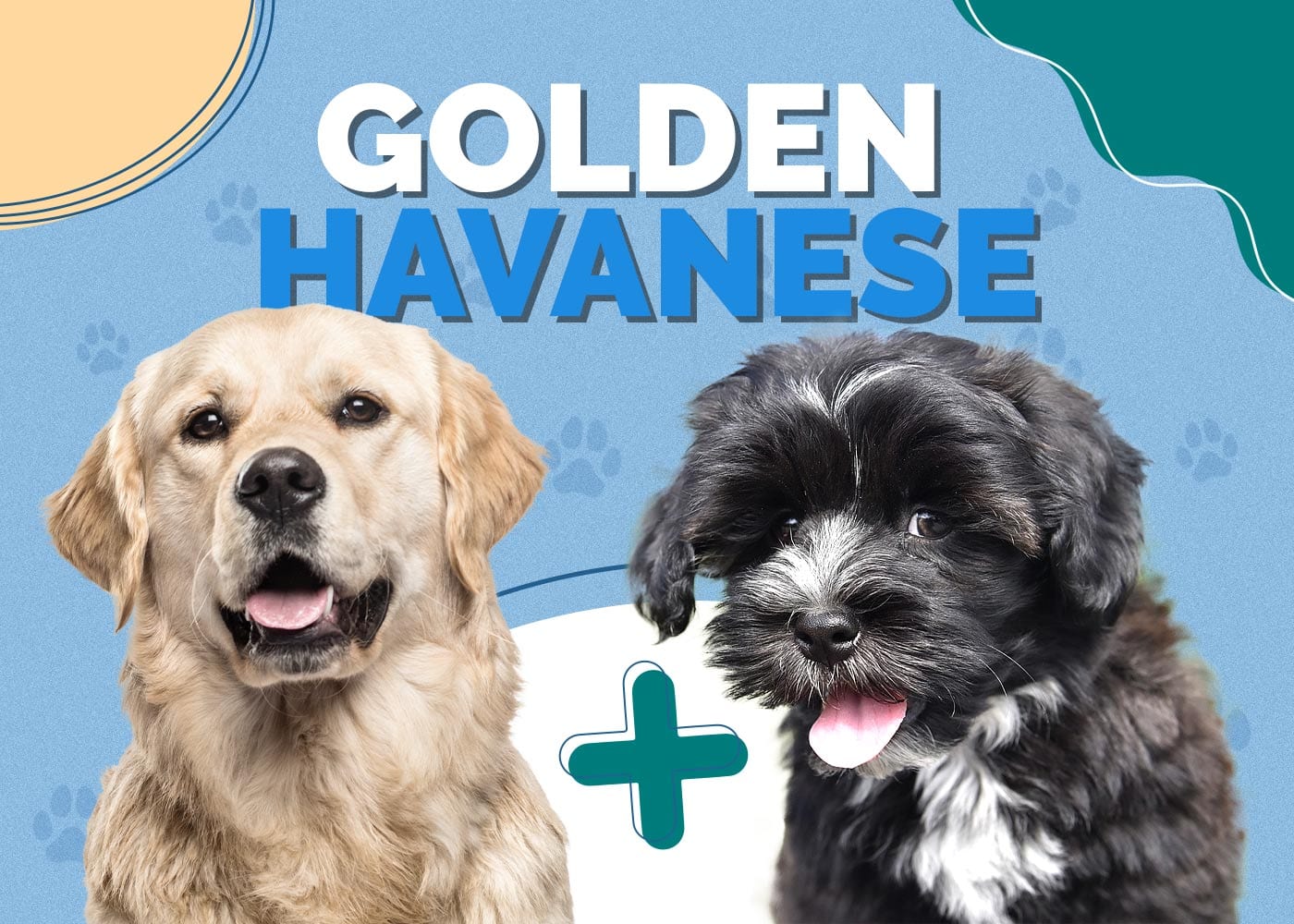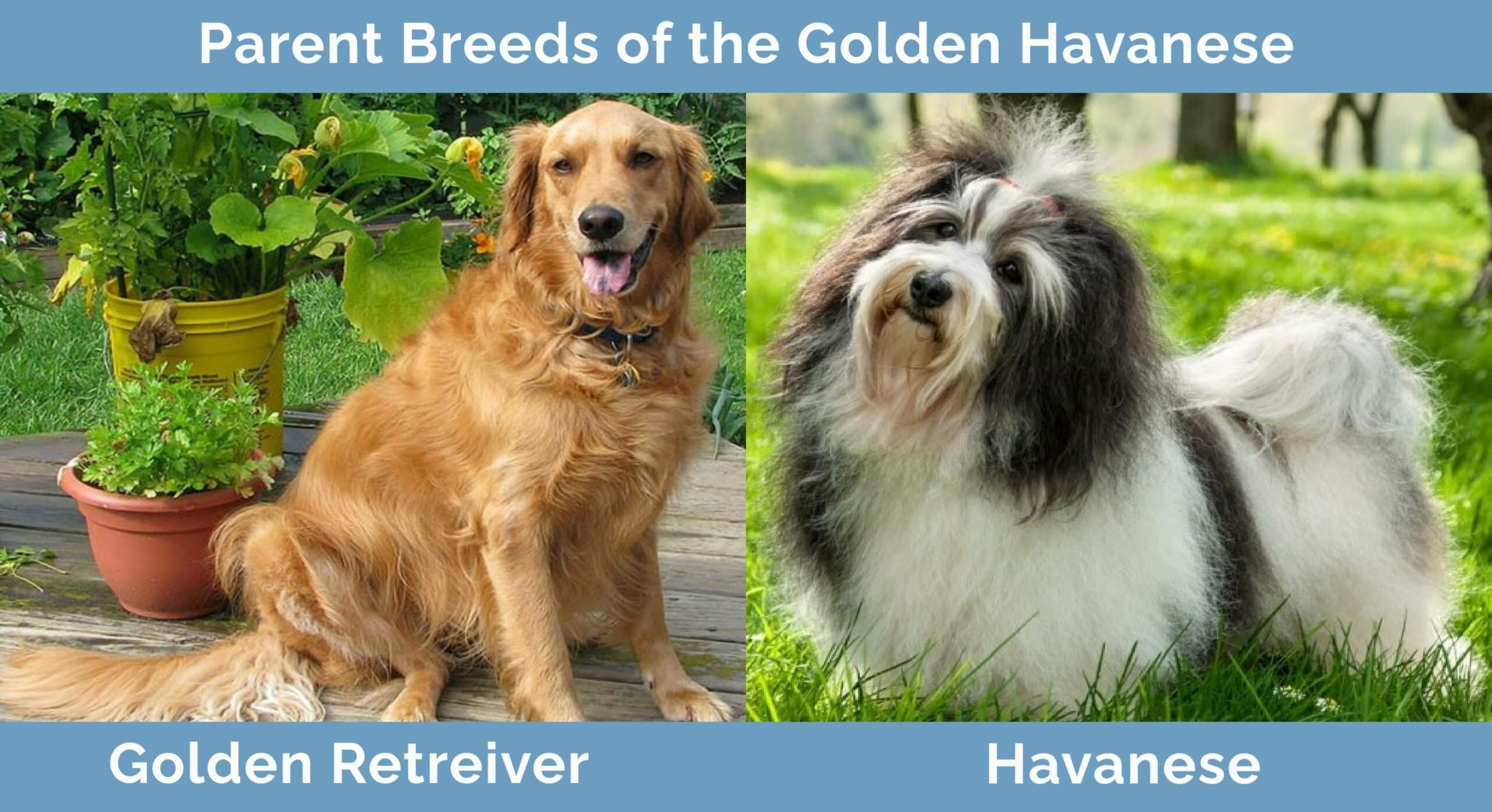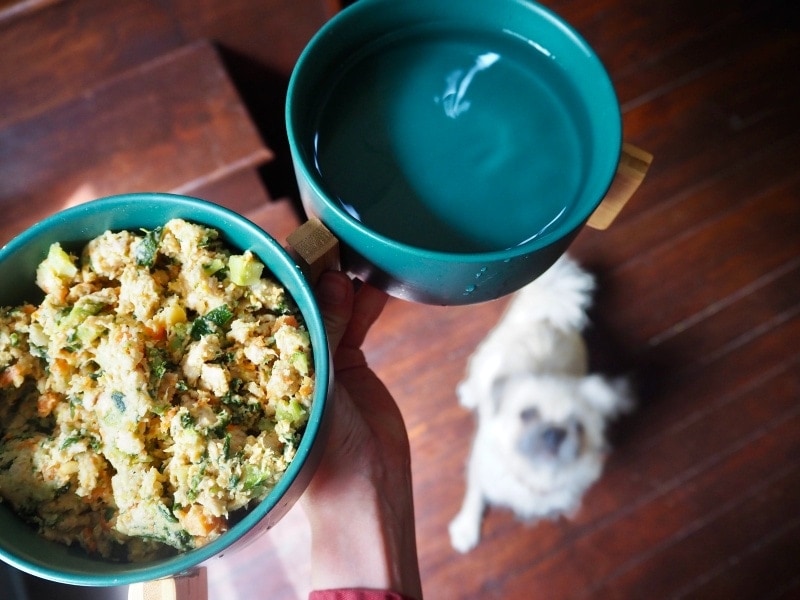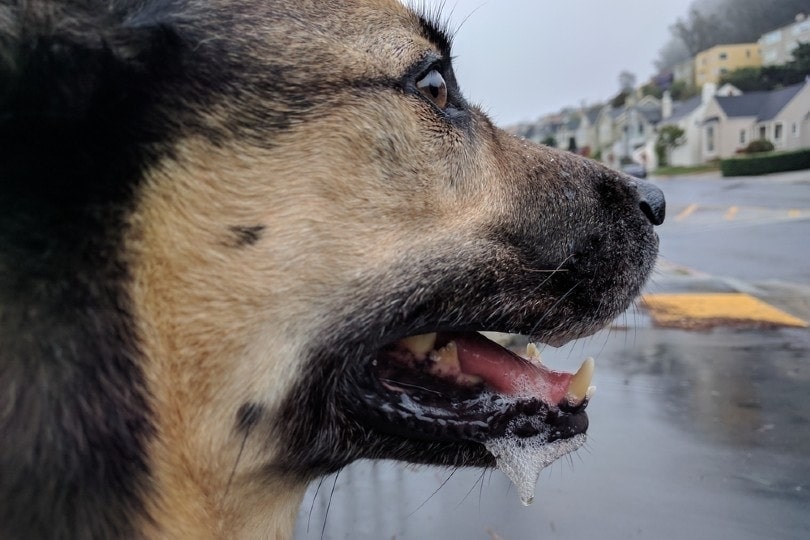Golden Havanese (Golden Retriever & Havanese Mix): Pictures, Temperament & Traits

Updated on

Click Below to Skip Ahead
The Golden Havanese is a unique mix of a Golden Retriever and a Havanese. If you’re familiar with these parent breeds, you may be puzzled by the combination. As you can imagine, this hybrid is very rare, and available information is rare too.
| Height: | 9 – 13 inches |
| Weight: | 8 – 14 pounds |
| Lifespan: | 12 –15 years |
| Colors: | Gold, fawn, tan |
| Suitable for: | Suitable for most families, especially with children. Excellent as a therapy dog |
| Temperament: | Intelligent, loving, playful, friendly, obedient |
Crossing these two breeds results in a fantastic pet. With the intelligence and gentle temperament of a Golden Retriever and the charming, playful, and loving Havanese, a Golden Havanese is an excellent mix.
Finding a Golden Havanese to adopt will be difficult, but we researched the breed’s parents so you can determine if the dog is suitable for your family.
Golden Havanese Characteristics
Golden Havanese Puppies
A Golden Havanese is a rare mix and is usually an unintentional litter, which means finding one of these puppies may be difficult. Another reason finding one will be difficult is that designer breeds take some time to build up popularity among breeders.
Another critical issue is the size. In the case of the Golden Havanese, it would work best for the female to be a Golden Retriever because it’s nearly impossible for a male Havanese to mount a female Golden Retriever, which means the only way to cross these breeds is through artificial insemination. While the success rate of artificial insemination is almost 100%, there are risks involved, and it can be a costly process. Although artificial insemination is growing in acceptance, some controversy still surrounds it.

Temperament & Intelligence of the Golden Havanese
The parent breeds of the Golden Havanese make for an incredible mix. The loyalty, intelligence, and calm of a Golden Retriever mixed with the friendly, charming, and playful temperament of a Havanese produce a quality dog, with the addition of adorable looks and endless affection.
This breed will also be active, energetic, and playful, and it will demand a fair amount of attention. Both parent breeds are intelligent and easy to train, and both make for incredible therapy dogs.
Are These Dogs Good for Families? 👪
Both parent breeds of the Golden Havanese make great family pets, which means that the hybrid will also be an amazing family pet. You will be gifted with a loyal, affectionate, and charming dog and the opportunity to enjoy a Retriever as a lapdog! Kids will love them just as much as they love the kids, and they are also great for first-time owners who may be intimidated by the size of a Golden Retriever. They are suitable for active families who can provide them with attention and mental and physical stimulation through walks, playtime, and training.
Does This Breed Get Along with Other Pets?
The Golden Havanese is generally good with other pets, especially when they have been brought up with the pet. When introducing your Golden Havanese to other pets, it is crucial to have patience and do so slowly.
The nature of a Havanese is very playful and sociable, so your Golden Havanese may be eager to meet new pets, but it may be overwhelming for them. Therefore, it’s essential to supervise the introduction and keep monitoring them for a few weeks. Once your Golden Havanese is socialized with other dogs and pets, they will likely become best friends.
Things to Know When Owning a Golden Havanese:
Food & Diet Requirements 🦴
Like any dog you own, your pet will require a high-quality, well-balanced diet. Their eating plan should include a top-quality protein with a suitable balance of healthy fats, vitamins, and minerals. Small dog breeds generally grow exponentially and mature earlier than large dog breeds. Small dogs are also prone to hypoglycemia if their daily nutritional needs are not met, so feeding your Golden Havanese should begin at three meals per day and continue until it is 12 to 14 weeks old before transitioning to twice-daily feeding.
Several dog foods are available, including commercial kibble, canned food, raw food, and fresh food. You can discuss your options with your vet so that you can put together the most suitable diet for this breed. Your veterinarian can evaluate your Golden Havanese’s ideal body condition scores to help you determine the number of nutrients your dog needs. Once your vet knows the score, they can determine how much your dog needs to maintain it.
Exercise 🐕
The Golden Havanese is an active and energetic breed. They will need 30–40 minutes a day of exercise, including walking, running, playtime, and training. It loves hiking and adventuring in nature with its owner. The Golden Havanese also thrives with one-on-one playtime with its owners, such as a game of fetch in the yard.
Training 🎾
Both parent breeds of the Golden Havanese are intelligent and easy to train, but the offspring requires patience, consistency, and positive reinforcement to train. Early training is important for dogs of all breeds. Because the Golden Havanese makes an excellent therapy dog, socializing and training them as puppies is essential.
Grooming ✂️
The Golden Havanese has a long thick coat that requires regular brushing to prevent matting. You must brush its coat at least 2–3 times a week. A bath is necessary about every 3 weeks to keep its hair looking clean and smelling fresh. Their ears should be checked for infection regularly, and their teeth must be brushed and monitored. Nail clippings may be required every few weeks if they are indoor pets.
Health and Conditions 🏥
The Golden Havanese is generally a healthy breed with a 12–15 years lifespan. However, they are predisposed to certain health conditions that every owner should be aware of to provide the necessary care. The Golden Havanese is prone to conditions that will generally affect smaller breed dogs and the genetic diseases of a Golden Retriever and a Havanese.
- Allergies: The Golden Havanese, like other dogs, can experience allergies to their environment, food, or fleas.
- Dental Disease: Dental issues are very common in smaller breed dogs, especially the Havanese. When tartar and plaque accumulate, they can lead to tooth decay and gum disease.
- Patellar Luxation: This condition is caused when the kneecap or patellar moves causing pain and discomfort. It will usually move back into place, but it sometimes remains out of place and may require surgery.
- Obesity: Overfeeding and lack of exercise can cause obesity, which is very easy in small dog breeds. An ideal weight should be maintained, or obesity can lead to more severe health concerns.
- Progressive Retinal Atrophy (PRA): PRA breaks down the rods and cones that make up the retina, slowly deteriorating sight and eventually leading to blindness. There is currently no cure for this disease.
- Cancer: Over 50% of dogs over 10 years old will develop cancer. The most common types of cancers are melanomas and mast cell tumors which usually affect the bone, lymph, and skin.
- Hypoglycemia: Hypoglycemia is low blood sugar which means that there is a low flow of glucose which provides energy. Hypoglycemia is a very serious condition and should be monitored carefully.
Male vs Female
The differences between male and female Golden Havanese’ are minuscule. The female is generally more possessive and protective, while the males are goofier and more playful, but both sexes are affectionate and kind. Females tend to mature faster than male dogs, which may make training easier.
Spaying and neutering will also determine the difference between the two sexes. An intact female will experience a heat cycle twice a year, and unneutered male dogs will be more likely to mark their territory.
3 Little-Known Facts About the Golden Havanese
1. The Golden Havanese Is a Very Rare Breed
The Golden Havanese is extremely rare and may be hard to find. It may be difficult to find a breeder or to find any information on the dog.
2. The Havanese Is a Popular Breed for Mixes
The Havanese gets mixed a lot, mostly because of its non-shedding, hypoallergenic coat. Some other mixes include a Havapeke, which is a cross with a Pekingese, a Havaking, which is mixed with a King Charles Spaniel, and a Havachon, which is mixed with a Bichon.
3. Golden Havanese Dogs are Bred Through Artificial Insemination
Considering the size difference between the two parent breeds, it makes sense that the only way to reproduce is by artificial insemination. There is still some controversy around the procedure, but it is popular and highly successful.
Conclusion
The Golden Havanese is the perfect combination of two spectacular dogs. The hybrid is very rare, but if you are lucky to meet one or own one, you will know just how affectionate, charming, lovable, and close to perfection they are. They are also very active, which is ideal for an active family looking for an adventurous companion and a lapdog.
While there is little information on the mix, researching its parents will help you understand its temperament, needs, and health concerns. If you can track a Golden Havanese down, you will be blessed with a friend for life.
See also:
- Havashu (Havanese & Shih Tzu Mix): Info, Pictures, Traits
- Shiffon Dog (Brussels Griffon & Shih Tzu Mix): Info, Pictures, Facts











